According to the IMF, the global GDP has surpassed approximately $115 trillion. This massive economic output is dominated by two major economic blocs: the G7 and BRICS+. Together, they account for about $80 trillion, which makes up about 70% of the total global GDP. The G7 economies hold the highest total GDP among global economic groups, amounting to $51.45 trillion. On the other hand, the BRICS+ nations have a combined GDP of $31.72 trillion.
Comparing G7 vs. BRICS GDP reveals that while the G7 leads in total economic output, the BRICS+ nations are growing at a much faster pace, with an average real GDP growth of 4.2% compared to just 1.7% for the G7.
Key Takeaways
- The United States alone is nearly as large as the entire BRICS+ economy, with a GDP of over $30 trillion.
- The G7’s total GDP is much higher than BRICS nations; however, the BRICS block has been expanding rapidly, particularly due to China and India’s strong growth.
- BRICS+ nations make up around 55% of the world’s population, meaning that their economic growth has an outsized impact on global markets and future development trends.
G7 vs BRICS GDP Comparison Tables
The following table provides nominal GDP and real GDP growth rates for the G7 countries.
| Country | GDP, Current Prices (2025) | Projected GDP Growth (%) |
|---|---|---|
| 🇺🇸 United States | $30.34 trillion | 2.2% |
| 🇩🇪 Germany | $4.92 trillion | 0.8% |
| 🇯🇵 Japan | $4.39 trillion | 1.1% |
| 🇬🇧 United Kingdom | $3.73 trillion | 1.5% |
| 🇫🇷 France | $3.28 trillion | 1.1% |
| 🇮🇹 Italy | $2.46 trillion | 0.8% |
| 🇨🇦 Canada | $2.33 trillion | 2.4% |
| Total G7 GDP | $51.45 trillion | (Average Growth Rate) ~1.4% |
The data is sourced from the International Monetary Fund (IMF), 2025.
The following table provides nominal GDP and real GDP growth rates for the BRICS countries.
| Country | GDP, Current Prices (2025) | Projected GDP Growth (%) |
|---|---|---|
| 🇨🇳 China | $19.53 trillion | 4.5% |
| 🇮🇳 India | $4.27 trillion | 6.5% |
| 🇧🇷 Brazil | $2.31 trillion | 2.2% |
| 🇷🇺 Russia | $2.20 trillion | 1.3% |
| 🇮🇩 Indonesia | $1.49 trillion | 5.1% |
| 🇦🇪 UAE | $568.57 billion | 5.1% |
| 🇮🇷 Iran | $463.75 billion | 3.1% |
| 🇿🇦 South Africa | $418.05 billion | 1.5% |
| 🇪🇬 Egypt | $345.87 billion | 4.1% |
| 🇪🇹 Ethiopia | $120.91 billion | 6.5% |
| Total BRICS+ GDP | $31.72 trillion | (Avg. Growth Rate) ~4% |
The data is sourced from the International Monetary Fund (IMF), 2025.
G7: The World’s Most Advanced Economies
The G7 remains the most powerful economic bloc globally. It consists of some of the largest economies in the world, including the United States, Canada, Germany, France, Italy, the United Kingdom, and Japan. Its economic prowess is driven by major economies like the United States, Germany, and Japan.
Despite slower growth rates, these economies benefit from advanced technology, developed financial markets, and quality infrastructure. With a total GDP of $51.45 trillion, they account for nearly half of global GDP. However, these advanced economies are growing slowly, with an average growth of only 1.7%. It shows the economic and demographic challenges they face, such as aging populations, market saturation, and slower productivity growth compared to emerging economies. Japan, for instance, is facing some of the worst demographic challenges with a negative population growth rate.
The United States: The Largest Economy Within G7
The United States is the world’s largest economy by nominal GDP and second-largest by GDP (PPP). It has a GDP of $30.34 trillion, which is almost equal to the combined GDP of BRICS+ nations. The U.S. economy continues to grow at a moderate 2.2% growth rate. It is mainly due to its strong consumer spending, technological innovation, and global financial influence. The U.S. dollar, which is the world’s primary reserve currency, gives it a unique advantage in global trade and finance.
Wealth Growth in Asia Has Declined Between 2010–2023
BRICS+: The Fastest-Growing Economic Bloc
The BRICS+ economic block has been rapidly expanding its global influence. China, India, Brazil, and Russia are the prominent and biggest economies of the block. While its total GDP of $31.72 trillion is still far behind the G7, its higher average growth rate of 4.2% signals that it could narrow the gap in the coming decades.
BRICS nations are largely emerging economies that are still undergoing industrialization and urbanization. This is the primary reason for their higher GDP growth rates as compared to G7 nations.
China: The Largest Economy Within BRICS
With a GDP of $19.53 trillion, China is by far the largest economy within BRICS, contributing about 65% of the bloc’s total GDP. It is also the second-largest economy globally after the United States. China has been one of the fastest-growing economies in the world, which grew at approximately 10% in the past decades. In 2025, it is projected to grow at 4.5% despite a gradual slowdown in recent years.
China’s focus on technology, manufacturing, global exports, and infrastructure development continues to fuel its economy. Additionally, China has been actively expanding its global trade influence through the Belt and Road Initiative, which further strengthens the BRICS’ economic position.
The Expanding BRICS Membership
BRICS is expanding fast with new entries from the different continents around the world. Recently, new countries like the UAE, Iran, Ethiopia, and Egypt have joined BRICS+, which expanded the bloc’s influence across Asia, Africa, and the Middle East. It accounts for approximately 55% of the world’s population, which has significant potential for future economic growth.
Conclusion
The G7’s total GDP is still much higher at $51.45 trillion compared to BRICS+’s $31.72 trillion. However, many BRICS countries are experiencing some of the highest growth rates globally. With the expanding BRICS memberships and high growth rates as compared to G7 nations, it is likely that BRICS total GDP will surpass G7 in the future. However, the G7 is still the most powerful and dominant economic block globally.



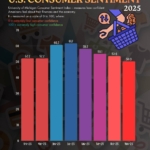

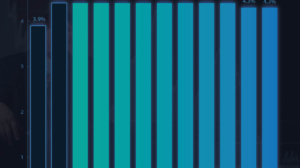
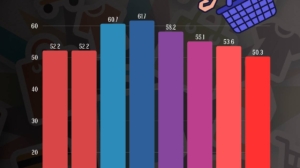
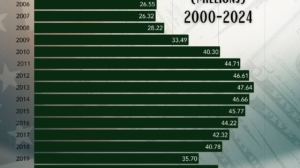

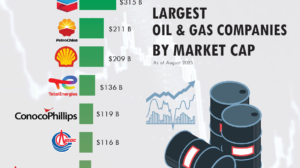
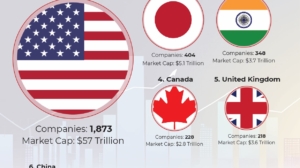
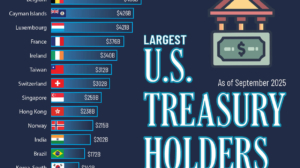
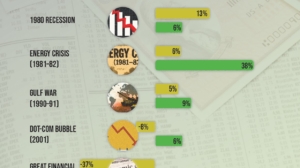
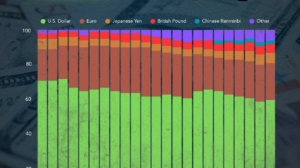

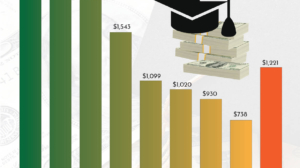
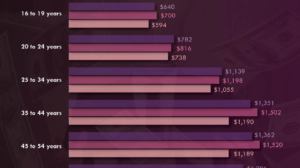
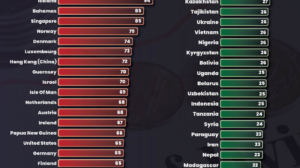
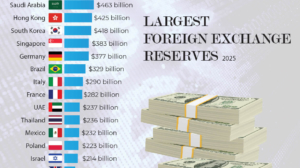
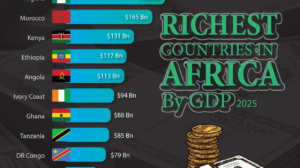
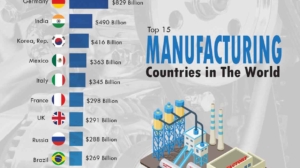
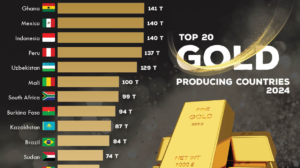
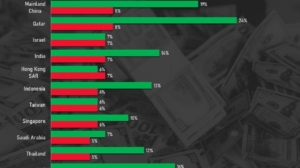
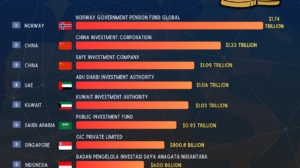
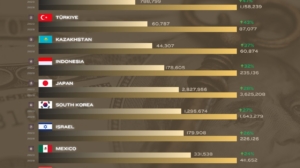
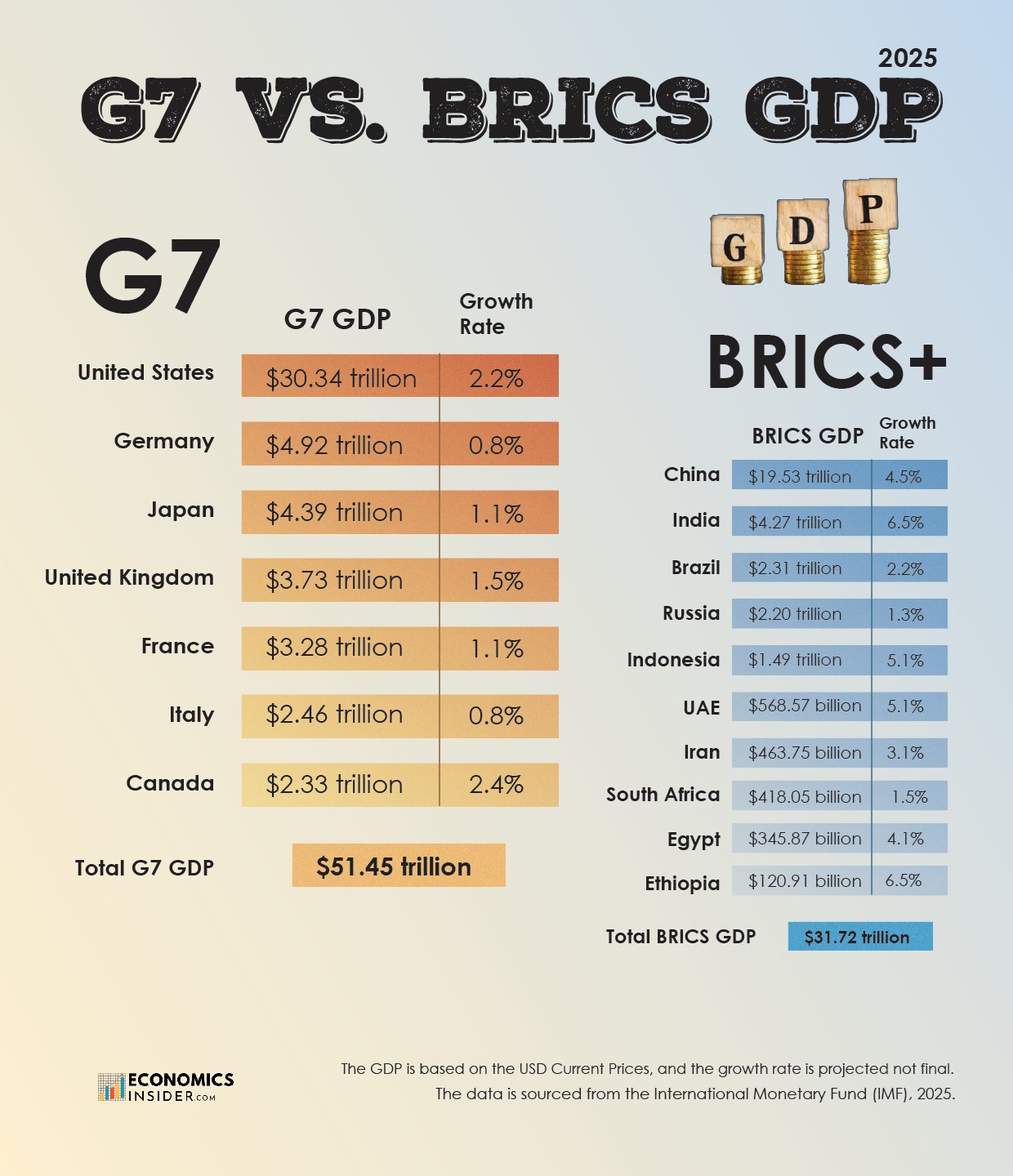


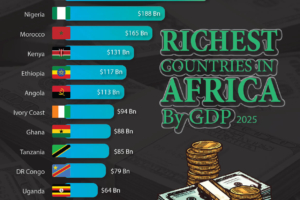








Add Comment